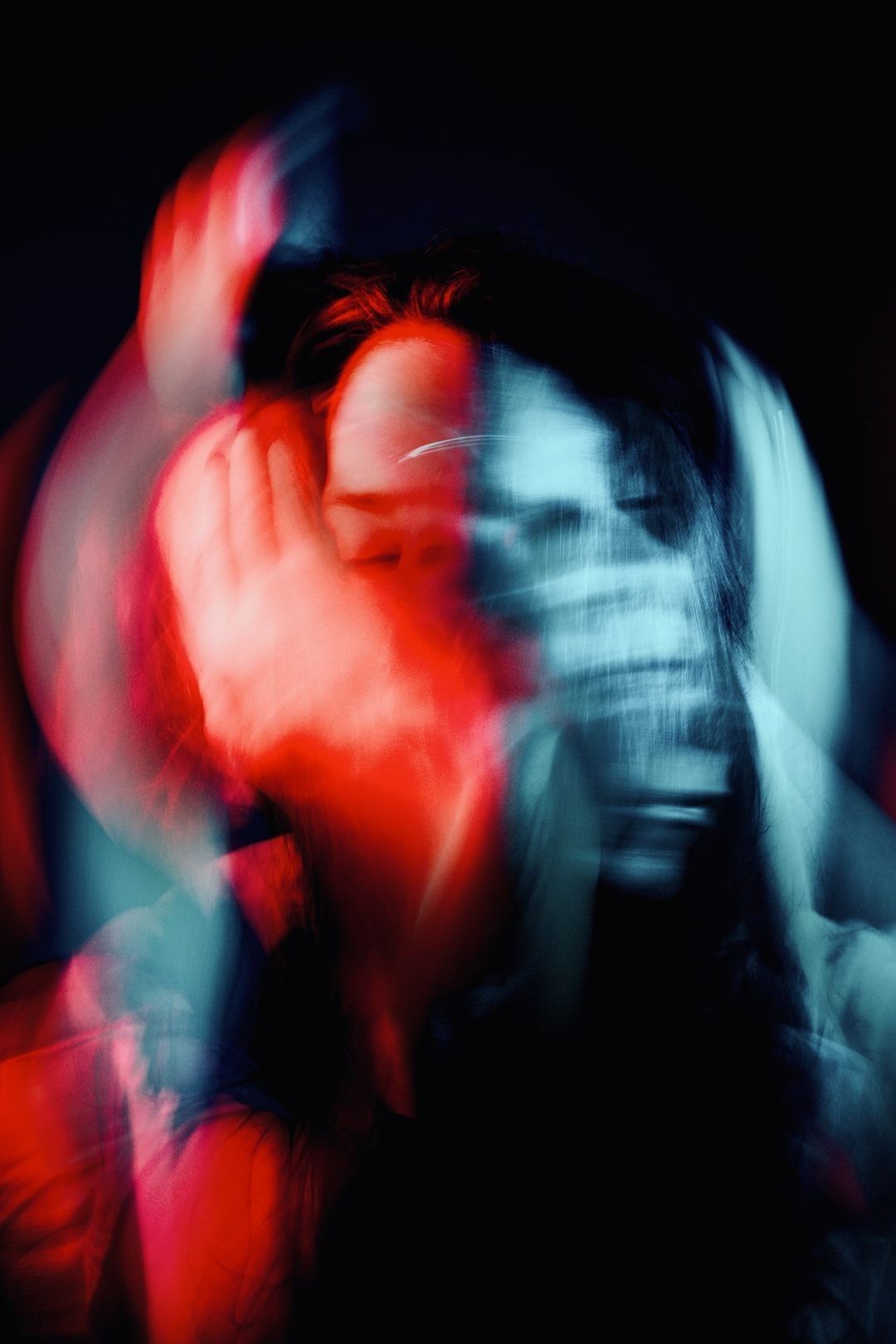What is Bipolar Disorder?
#Read | #Watch | #Learn
Setting straight the irritating social media expression, 'that's so bipolar', or 'you're so bipolar'.
It is a misuse of psychiatric terminology and shows lack of understanding of mental health disorders. Worse, it can further drive mental health stigma.

The Different Types of Bipolar Disorder

There are four different types of bipolar disorder
according to the DSM-5; Diagnostic and Statistical Manual of Mental Disorders, Fifth
Edition (American Psychiatric Association, 2013).
Bipolar I disorder is characterized by manic episodes (mania) that last at least 7 days, or any duration if hospitalization is required.
People with bipolar I disorder may also experience periods of depression.
Bipolar II disorder is characterized by episodes of
hypomania that last at least 4 days, and periods of depression. Hypomania is a
milder form of mania, and people with hypomania may not experience all the same
symptoms as people with mania.
Episodes of Psychosis have been found to occur more often in
individuals with bipolar type I compared to bipolar type II disorder. Psychotic
symptoms occur more frequently during periods of mania (Chakrabarti & Singh,
2022).
Cyclothymia (third) is a milder form of bipolar disorder that is
characterized by periods of hypomania and periods of depression that do not
meet the full criteria for a major depressive episode.
Unspecified bipolar and related disorder (fourth)is used to diagnose
people who have symptoms of bipolar disorder that do not meet the full criteria
for any of the other types of bipolar disorder.
Chakrabarti, S., & Singh, N. (2022). Psychotic symptoms in bipolar disorder and their impact on the illness: A systematic review. World journal of psychiatry, 12(9), 1204–1232. https://doi.org/10.5498/wjp.v12.i9.1204
Ted (2023). Lessons from Losing My Mind. May 2023. Ted Talks https://www.ted.com/talks/andy_dunn_lessons_from_losing_my_mind
Ted (2023). Ted Speakers Profile Andy Dunn. https://www.ted.com/speakers/andy_dunn

